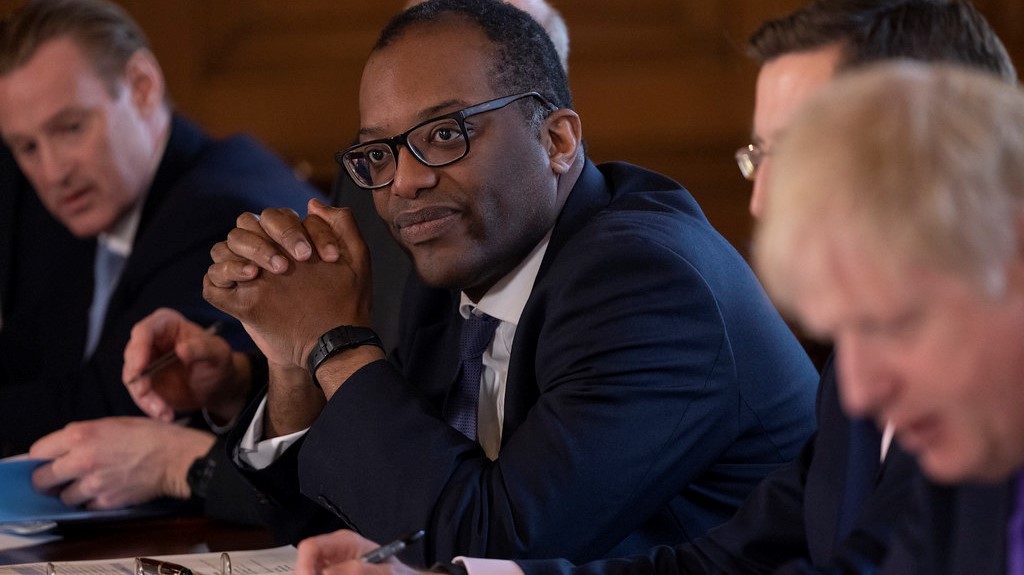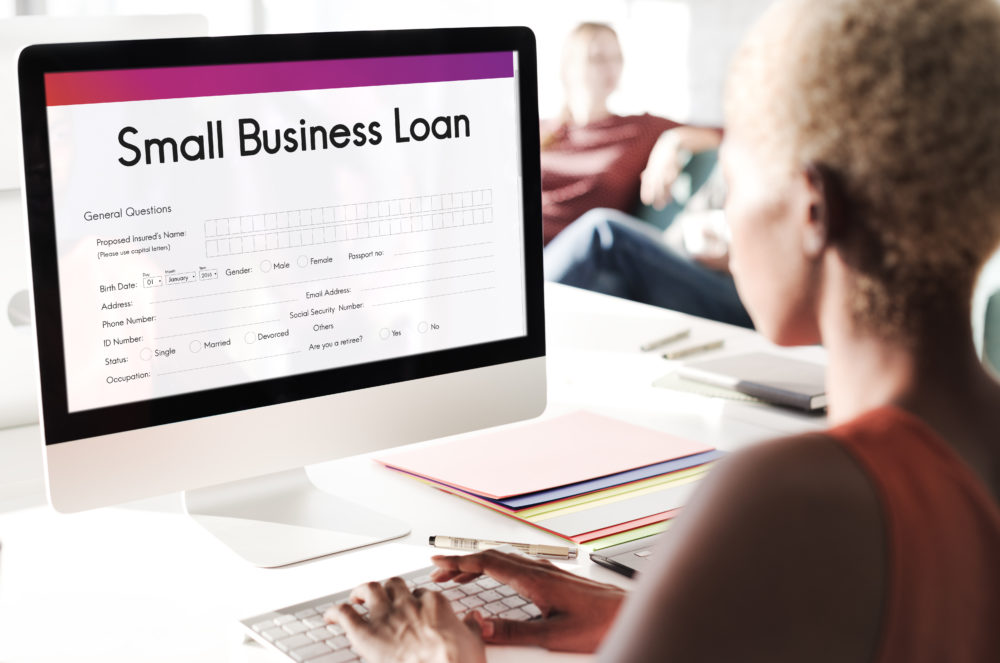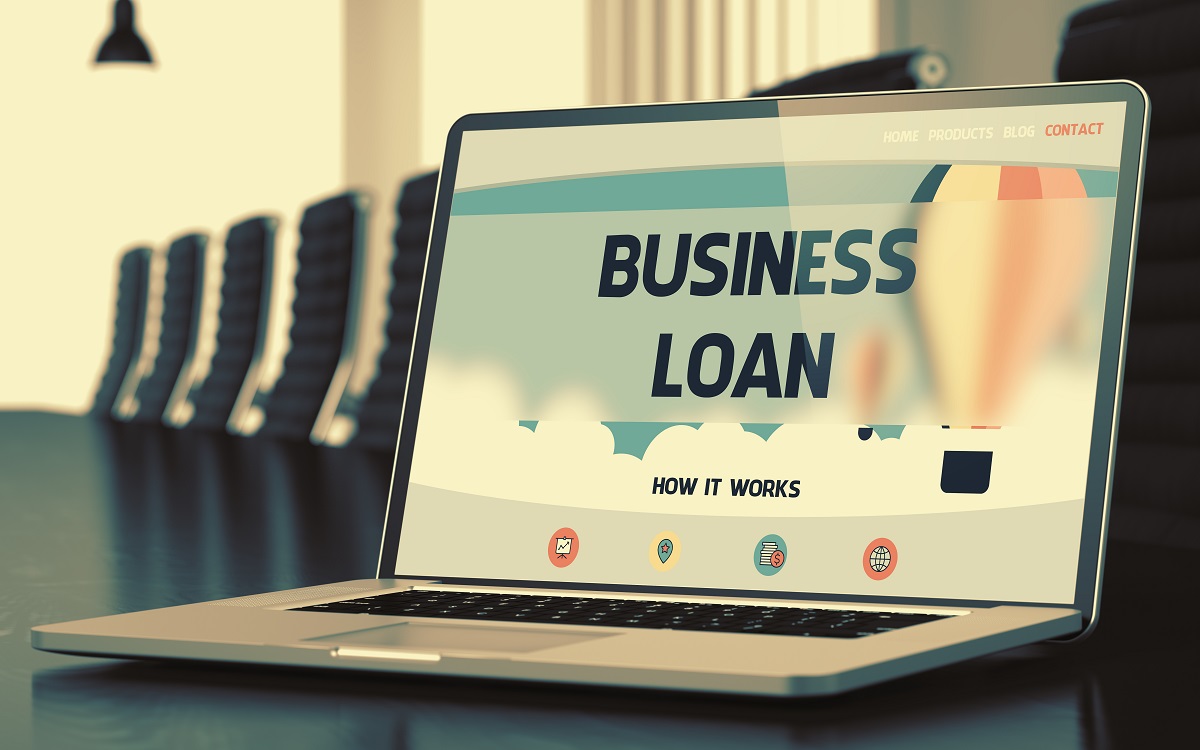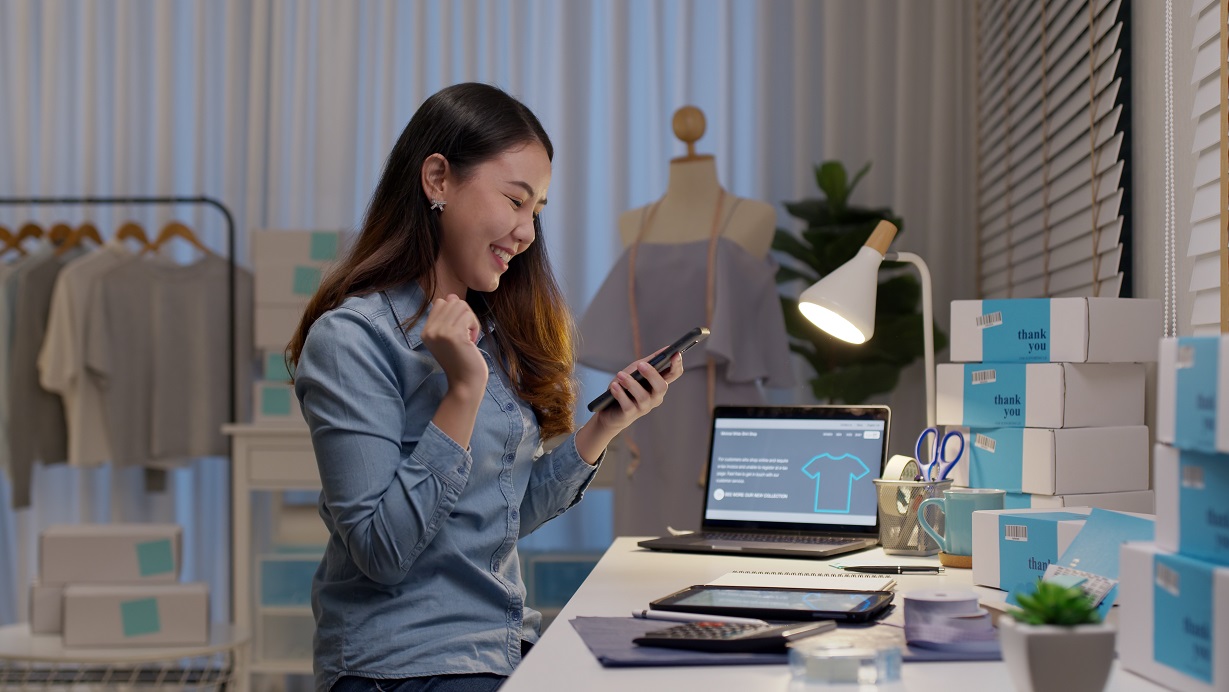The Recovery Loan Scheme, which offers a government guarantee for small business lending, has been extended for another two years.
Government will underwrite 70 per cent of what the lender could lose in the event of default.
The maximum loan size remains at up to £2m.
>See also: £6bn business loan package arrives this week
However lenders may now require a personal guarantee from the borrower. This means you could lose your home if you don’t keep up repayments.
The Recovery Loan Scheme was originally launched in April 2021 to help businesses recovering from the Covid-19 pandemic. It has supported almost 19,000 businesses with an average of £202,000 in support.
Business secretary Kwasi Kwarteng said: “Small businesses are the lifeblood of the British economy, which is why we are determined to support our traders and entrepreneurs in dealing with worldwide inflationary pressures.
>See also: Government to launch £3bn recovery loan scheme
“The extension of the Recovery Loan Scheme will help ensure we continue to provide much-needed finance to thousands of small businesses across the country, while stimulating local communities, creating jobs and driving economic growth in the UK.”
However, MHA head of banking and finance Gregory Taylor branded the new Recovery Loan Scheme a “failure” and the extension did not go far enough to helping SMEs. Furthermore, requiring a personal guarantee from the borrower de-risks the government’s own 70 per cent guarantee and puts the risk back on business owners.
David Fleming, UK head of restructuring at insolvency practitioner Kroll pointed out the low take-up of the previous RLS due to its restrictive terms.
Furthermore, said Fleming, given the scrutiny over how much is owed in Covid loan repayments, it may be more challenging for banks to extend further loans where the customers are outside of normal banking terms.
The increased interest rates and need for personal guarantees may result in a lacklustre take up for the new Recovery Loan Scheme, he warned.
How the new Recovery Loan Scheme works
Up to £2m is available per business. The minimum funding is £1,000 for asset and invoice finance and £25,001 for term loans and overdrafts. The total amount offered is at the discretion of the participating lender. They will carry out credit checks and fraud checks before granting you the finance.
The government is guaranteeing 70 per cent of the finance to the lender and the borrower will always be 100 per cent liable for the debt. The annual interest rate and upfront and other fees cannot be more than 14.99 per cent.
Who are the new Recovery Loan Scheme lenders?
The British Business Bank (BBB) has outlined the accredited lenders under the new iteration of the RLS:
Term loans
Invoice Finance
Asset Finance
Revolving credit (overdrafts)
How do I apply?
You can apply directly through your lender. Check the links above for more details.
How long is the term?
The length depends on what kind of finance you’re applying for.
- Up to three years for overdrafts and invoice financing facilities
- Up to six years for loans and asset finance facilities





